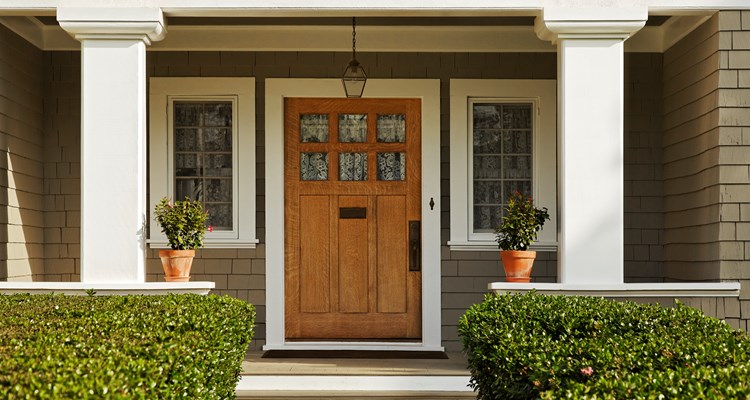The Commerce Department said new home sales increased 3.7 percent to a seasonally adjusted annual rate of 621,000 units, the highest level since May 2018.
Sales of new U.S. single-family homes rose to a seven-month high in December, but November's outsized jump was revised lower, pointing to continued weakness in the housing market.
Other data last week showed an acceleration in growth in the vast services sector in February, powered by a surge in new orders. But hiring appeared to be slowing, with a measure of services industries employment dropping to a six-month low.
The moderation in the pace of hiring fits in with expectations of slower economic growth as the stimulus from a $1.5 trillion tax cut and increased government spending ebbs. The economy's outlook is also being clouded by slowing growth in China and Europe.
The Commerce Department said new home sales increased 3.7 percent to a seasonally adjusted annual rate of 621,000 units, the highest level since May 2018. November's sales pace was revised down to 599,000 units from the previously reported 657,000 units.
Economists polled by Reuters had forecast new home sales, which account for about 11.2 percent of housing market sales, falling 8.7 percent to a pace of 600,000 units in December.
New home sales are drawn from permits and tend to be volatile on a month-to-month basis. They fell 2.4 percent from a year ago. Single-family home sales rose 1.5 percent in 2018.
The release of the December report was delayed by a five-week partial shutdown of the federal government that ended on Jan. 25.
The housing market hit a soft patch last year amid higher mortgage rates, expensive lumber as well as land and labor shortages, which led to tight inventories and less affordable homes. Reports last month showed homebuilding dropping to more than a two-year trough in December and home resales in January hitting their lowest level since November 2015.
Though house price inflation has slowed and mortgage rates are hovering at 12-month lows, economists expect the housing market to remain weak for a while because of persistent land and labor shortages. Investment in homebuilding contracted 0.2 percent in 2018, the weakest performance since 2010.
The soft housing data added to weak December construction spending, retail sales, factory orders, exports and business spending plans on equipment in setting the economy on a slower growth path in the first quarter.
Source: CNBC
VA loans skyrocket in popularity for first-time homebuyers
Servicemembers are far more likely to opt for a Department of Veterans Affairs mortgage than any other type of loan when buying their first home, a new report from the Consumer Financial Protection Bureau shows.
The CFPB report, the first of its kind, looks at mortgages for first-time homebuying servicemembers, shows that in 2007, servicemembers buying their first home used VA loans approximately 30% of the time. By 2016, that figure had risen to 78%, meaning more than three out of four servicemembers bought their first home using a VA loan.
Conversely, with servicemembers increasingly preferring VA loans, their share of conventional mortgages fell precipitously.
“The greater share of VA loans among servicemembers was part of a larger shift away from conventional to government-guaranteed mortgages between 2006 and 2009 for both servicemembers and non-servicemembers,” the CFPB noted in its report.
According to the CFPB, conventional mortgages made up approximately 60% of all loans among first-time homebuying servicemembers in 2006 and 2007, but this share fell all the way to 13% by 2016.
As for why the shift has taken place, the CFPB said that the features of the VA loan, namely “allowing a purchase with no down payment and without mortgage insurance and providing stronger loan-servicing protections than many other mortgages,” make the loan far more attractive than other options among first-time buyers.
Beyond the frequency at which servicemembers are buying their first houses with a VA loan, the median loan amount on those loans is also rising.
According to the CFPB report, the median servicemember first-time homebuyer VA loan amount increased in nominal dollars from $156,000 in 2006 to $212,000 in 2016, which closely tracks with the median value of conventional home loans taken out by non-servicemembers during that same time.
Additionally, early delinquency rates (the share of loans 60 days or more delinquent within one year of origination) have fallen for both prime and non-prime first-time homebuyers using VA loans.
As the CFPB notes, among non-prime borrowers, VA loan delinquency rates for servicemembers peaked in 2007 at approximately 7% before falling to just over 3% in 2016.
Delinquency rates for prime borrowers using VA loans also fell from 2006 through 2016 as the market improved.
Source: HousingWire.com | Ben Lane
